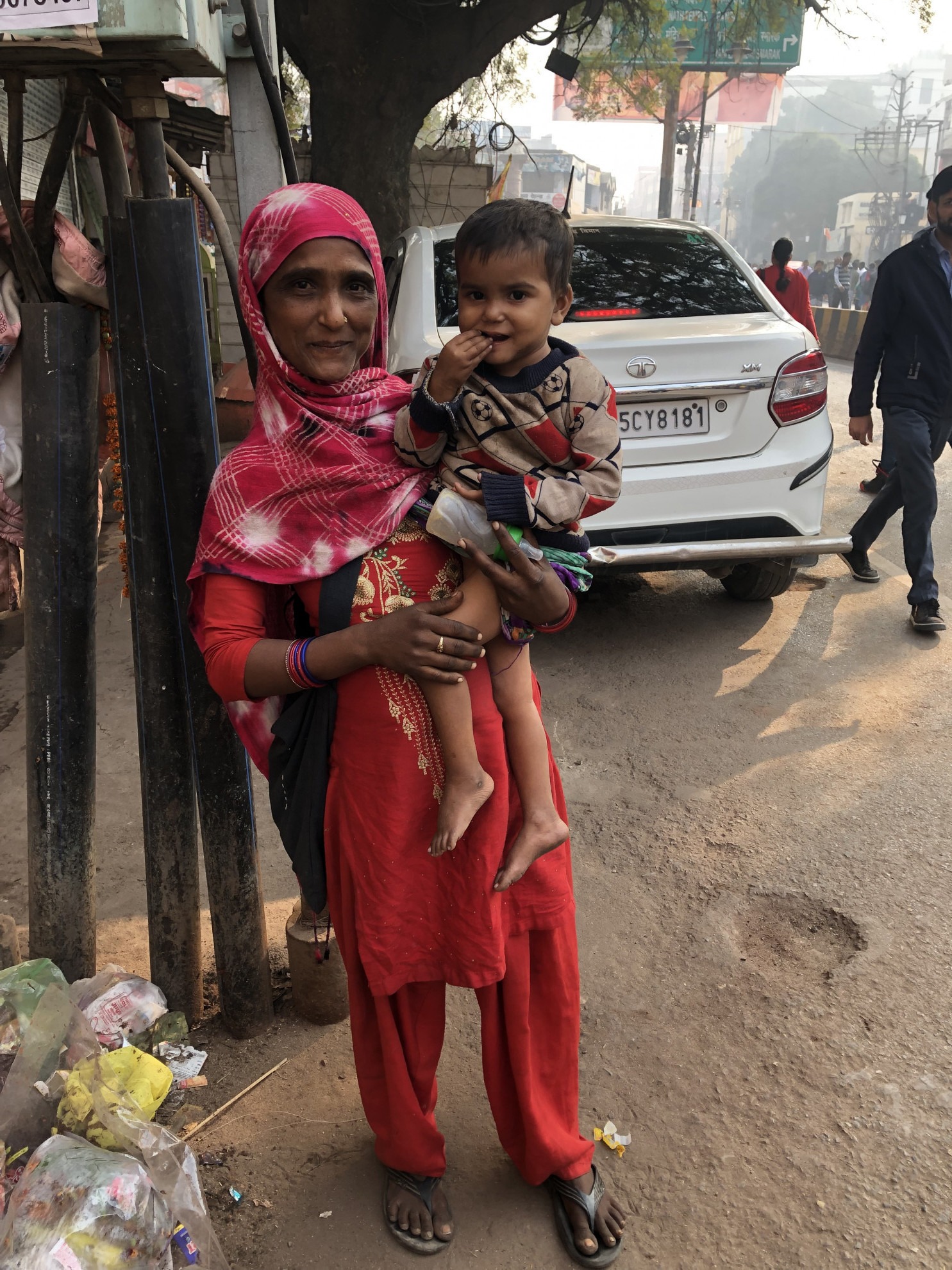We are publishing a contribution that appeared in Ticino7, attached to laRegione
Manju Ka Tilla, 7 am. The anthill is waking up, scents of spices mix with the dust raised by those sweeping the alleys, the guttural mantras of the monks spread from the stupa, they hover as protective over the colony. The sun has just risen over the Tibetan quarter in Delhi, a thick fog, more likely a cloud of smog, engulfs the bridge over the Yamuna river, which takes us out of the chaos of the city. The sidewalks are open-air dormitories, where entire families equipped with cardboard, plastic and makeshift stoves get ready for a new day in the jungle of the populous Indian metropolis. From traffic light to traffic light, groups of children dressed in rags, with attentive eyes and alert senses, surround the car to beg insistently, one of them missing an eye. They explain to me that sometimes they are crippled to arouse more piety. Little food, no home, no education, let alone health care, perhaps they have a family, more likely a criminal organization that exploits them. The inhuman law of the last parades mercilessly before my eyes. In the face of such an ocean of suffering a dramatic sense of impotence makes its way. Opening the window and giving charity can mean never being able to leave again with the car. Every gesture must be weighed, thinking about the consequences.
© SC
The faces of poverty on the streets of Delhi.
Towards Faridabad
The pounding honking of the driver who slips everywhere just to gain a few meters and the constant braking does not let the mind wander too much. After an hour and a half of slalom we take the detour to Faridabad, where the largest and most technologically advanced private hospital in India was inaugurated last summer. On a huge banner, it says Amrita Hospital. In front of us stands a huge hospital complex, built following an ecological low-consumption philosophy. A central heart and several buildings around it house 81 specialties, including a modern Emergency Room, a building dedicated to research, others to the medical faculty and student and teacher accommodation. The numbers are impressive: 2,600 beds, 64 modular and highly technological operating theatres, automated laboratories, a leading center for pediatrics (over 300 places) and maternity, 534 intensive care beds, nuclear medicine, radiology, cardiology departments , transplants. Technology and spirituality intertwine, to welcome us the imposing statue of Maharshi Sushutra, considered the father of Indian surgery, his kind gaze accompanies you right from the hospital entrance. Waiting for us is a smiling young Indian, her name is Shruti Saxana and she is in charge of communications, she escorts us into a labyrinth of corridors, up to the office of the medical director, Dr. Prem Nair. She manages two hospitals of the humanitarian organization (the first opened in 1998 in Kochi in Kerala), which is headed by the spiritual leader Amma (the mother), recognized worldwide for the humanitarian services she has supported over the past three decades. A movement based in Kerala, active in over 40 countries made up of volunteers serving the poor (see below, ed). This hospital outside Delhi is a new building block. Here the poor do not pay. We came to find out how they make ends meet.
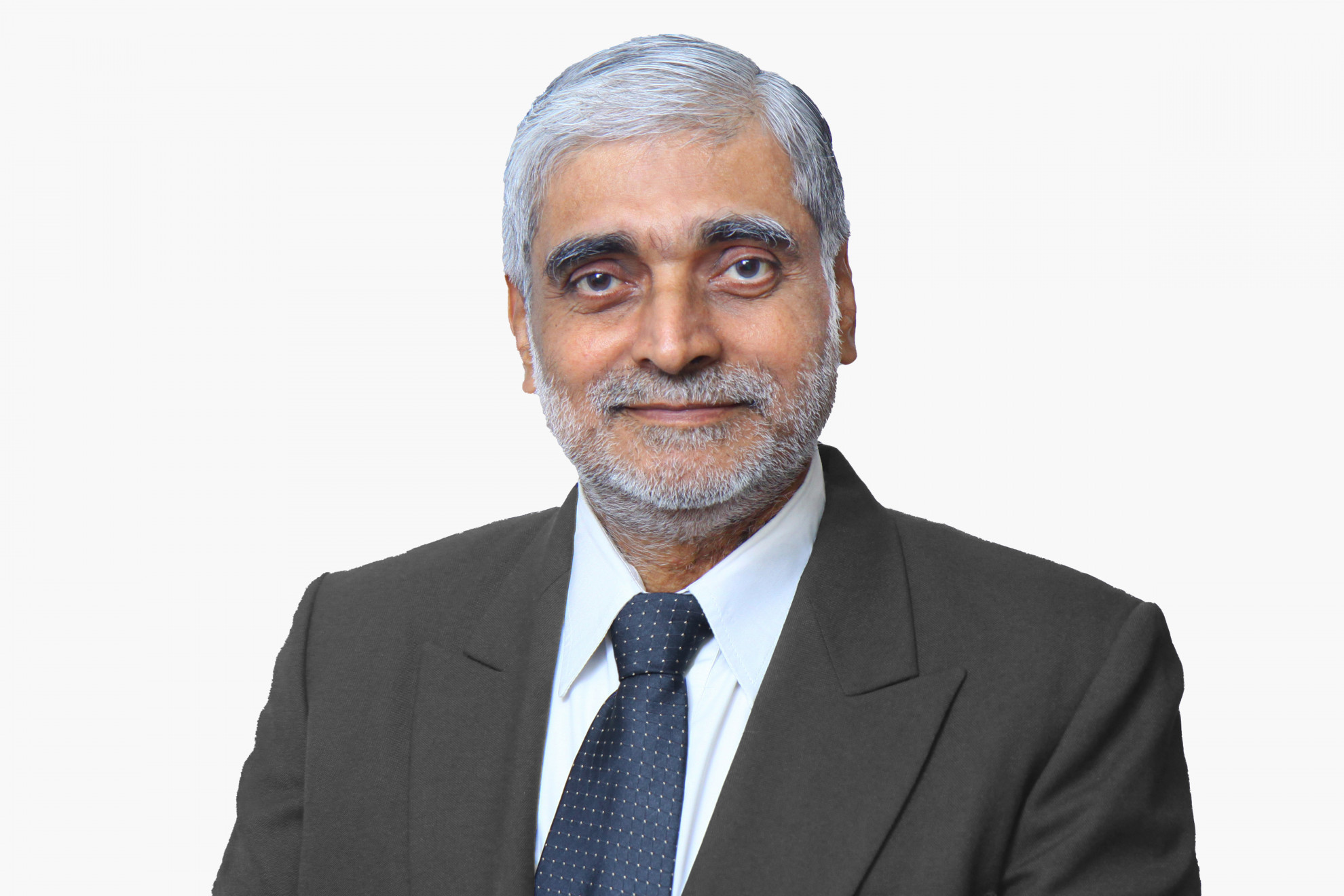
Dr Prem Nair.
Heal at low cost
In front of a steaming Masala Chai, in a sober but well-equipped meeting room, let’s try to understand how it works. “The challenge is not to waste resources, to develop diagnostic tools and therapies at home aimed at local needs at low cost, in order to be able to offer sophisticated treatments free of charge to the poorest. Meanwhile, through telemedicine, we educate and treat the rural population”, explains the Dr. Prem Nair, Chief Medical Officer. The goal is to offer an economically viable healthcare system. A topical issue also in Europe. The more than 25 years of experience of the doctor at the Kochi hospital that he continues to direct is instructive: “Many young people died because they did not have access to the health system. Today we can save them and treat heart complications, liver disease, do dialysis, transplants … By collaborating with the state, the organization has developed these specialties at low cost in Kochi.” The numbers prove him right: starting in 1998 with three specialties and one hundred beds, now there are 15,000 beds, research centres, universities and hospitals. Now it’s the turn of the North where there is no equitable distribution of health care and 75% of the population lives in shanty towns or rural areas where everything is missing, even the toilets.
The item costs makes a comeback. I insist: if some of the patients don’t pay the bill, isn’t there a risk of ending up in the red figures? In a calm voice and choosing his words carefully, the director explains to us that hospitals rely on internal and external resources. “Wealthy patients have private treatment with all the comforts and pay for the therapies they receive. This income helps cover the expenses of those who cannot pay. It is a cross-solidarity”. Then there are the external resources that make up the lion’s share: “We can count on state aid, on foundations with social responsibilities, on the economy (2% of the proceeds are dedicated to social purposes), on European (including Swiss) sponsors and Americans, thanks to them we have created, for example, a pediatric center for heart problems”. The difference between a private hospital and Amrita hospital is easy to tell: “Private facilities are boutique, profit-oriented. We provide a cost-effective health service, nobody gets rich here, the revenue is used for the facility”. The organization has over 5,000 volunteers (including several Swiss), who support social programs in favor of the poorest. In addition to health care, for example, houses are built, meals are distributed, the development of villages is encouraged (clean water, toilets), schooling (see below, ed). “In India there is no social aid, those who don’t work die of hunger”, Nair points out.
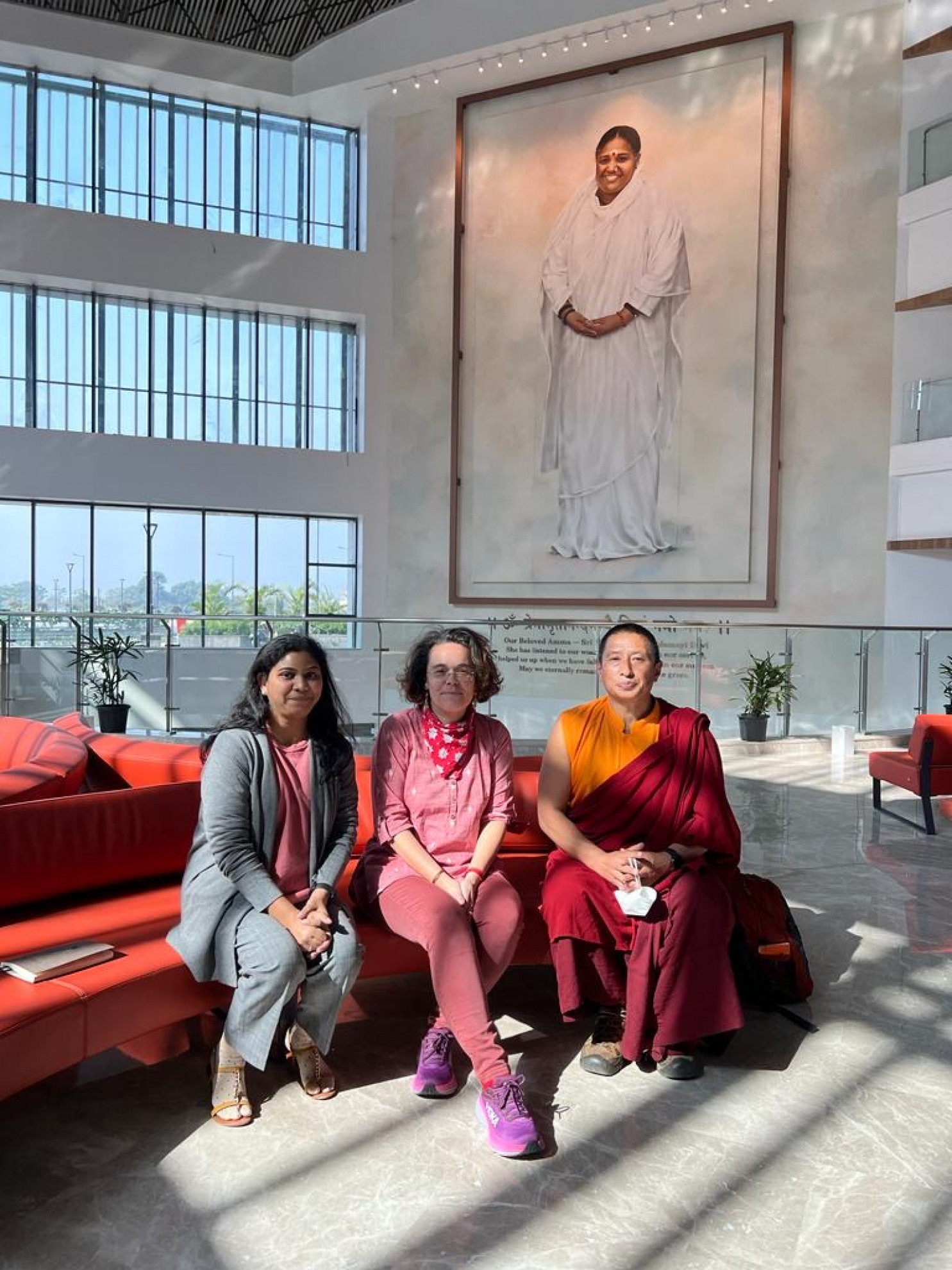
© SC
Left, Ms. Shruti Saxana, Head of Communications); right, Lama Tenzin Thinley of Bhutan.
The breakthrough of telemedicine
The India of contrasts is trying to use its technological might to reach the huge pockets of poverty. The government’s new digital challenge is called telemedicine, for low-cost healthcare that reaches as many people as possible. “Thanks to telemedicine we can treat and monitor patients remotely, even in the poorest rural areas. So the sick no longer have to face long and expensive journeys, dozens sleep on the street in front of public hospitals waiting for a consultation”, he explains. the director. A system tested in the last 5 years by the Kochi hospital with patients living in the Himalayas or in other neighboring countries, such as Bhutan. “They consult us for example for complex fractures. It works very well and the costs are low”. Of course, local doctors need to be trained. “We have a telemedicine company that provides the technologies. Before Covid we saw 300 patients a day, now 3 thousand”. The pandemic has accelerated telemedicine in a very technological and extremely poor country. Another example is motherhood. “Many women are malnourished, consequently pre- and post-natal mortality is very high. By monitoring mother and child remotely, we can now intervene in the case of trivial infections (previously undiagnosed) and treat them adequately on site or in a specialized centre”.
We then discover that public health also passes through banal toilets, absent in most rural villages, where people defecate in the open, favoring the spread of avoidable diseases, causing health costs and social problems (those who are sick do not work). A vicious circle that is avoided by living in a clean place. “Several volunteers go to the villages, where they teach how to build toilets, how to keep them clean. A knowledge that is handed down from generation to generation”. Above all women are involved and trained, their emancipation is essential for the collective well-being, given that many men are unemployed and drink. Fewer than one in three women have a job.
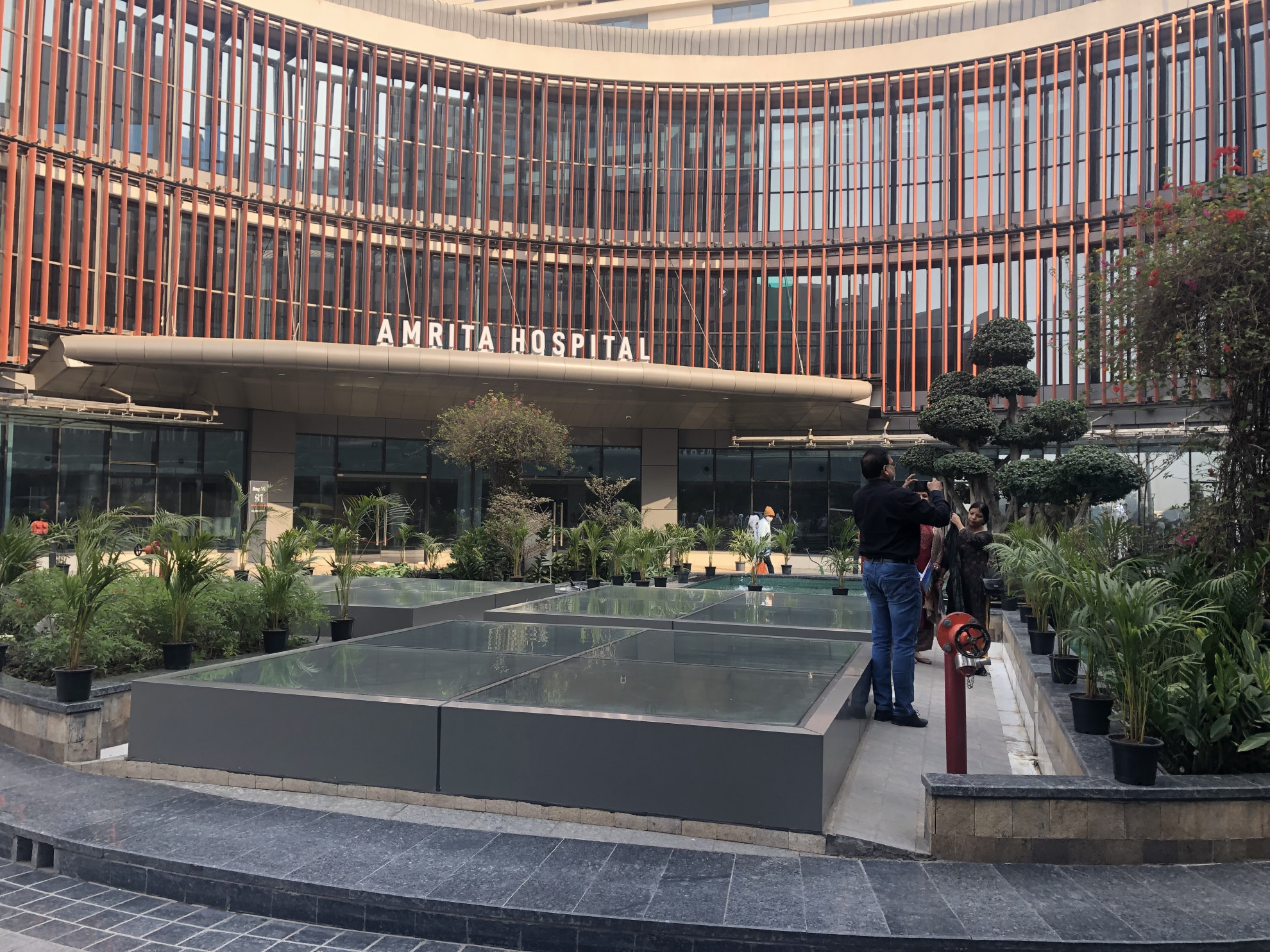
© SC
Ocean of compassion
In such a difficult context, a lot of determination is really needed. Before leaving, we ask the doctor where she draws so much strength from: “In the presence of the guru it is easier. Amma is a unique person, she represents universal love, an ocean of compassion for every single human being, which flows into so many humanitarian programs to mitigate suffering. Those who are starving cannot progress spiritually.” Amma’s compassion changed this doctor, this man of science. Spirituality, technology and science go hand in hand in this country. Next to the dining room, Shruti Saxana shows us a bright hall where every Saturday there are bajans: sung prayers, whose cheerful notes reach the patients’ rooms, creating a favorable environment for a speedy recovery. A place of care for the body that does not leave out the mind. “It is known that prayer creates good vibrations, a more familiar and positive environment for those who come for treatment”, the young woman confides to us. Yoga and meditation also help stay healthy, the mind learns to stay still, not lose energy in anxiety and depression. Meanwhile, the current 800 daily patients will soon become thousands, especially if the expected national health insurance coverage system is introduced. As we throw ourselves back into the bustling Indian chaos, leaving this sophisticated and compassionate healthcare reality behind us, we wonder what will become of the philosophy that shaped it in 10, 20, 30 years. Who will come next, will be able to maintain the same ethical principles, wisely putting personal gains before the construction of the collective good? Doubt hovers, only the future will give an answer.
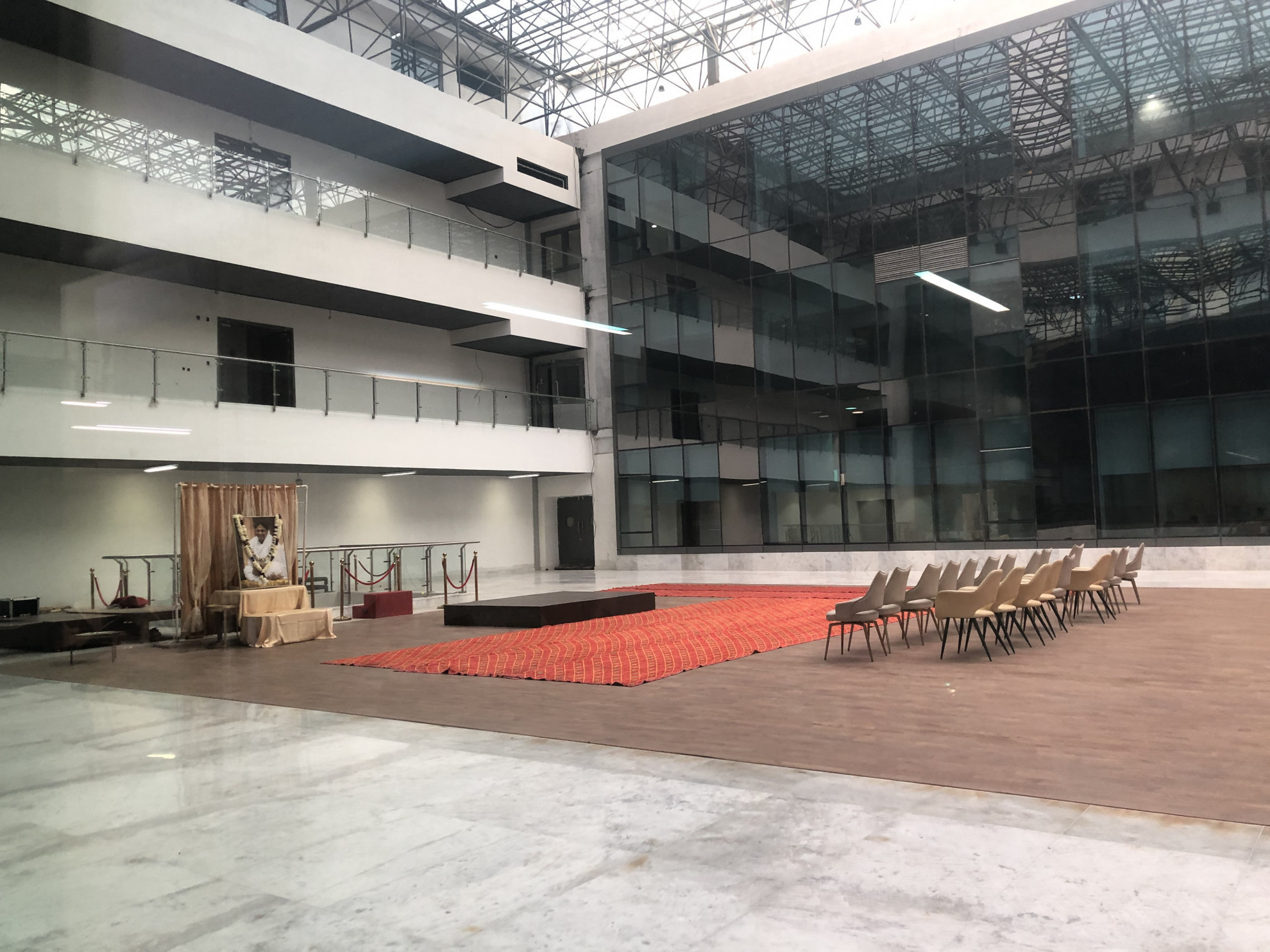
© SC
The prayer hall inside the hospital.
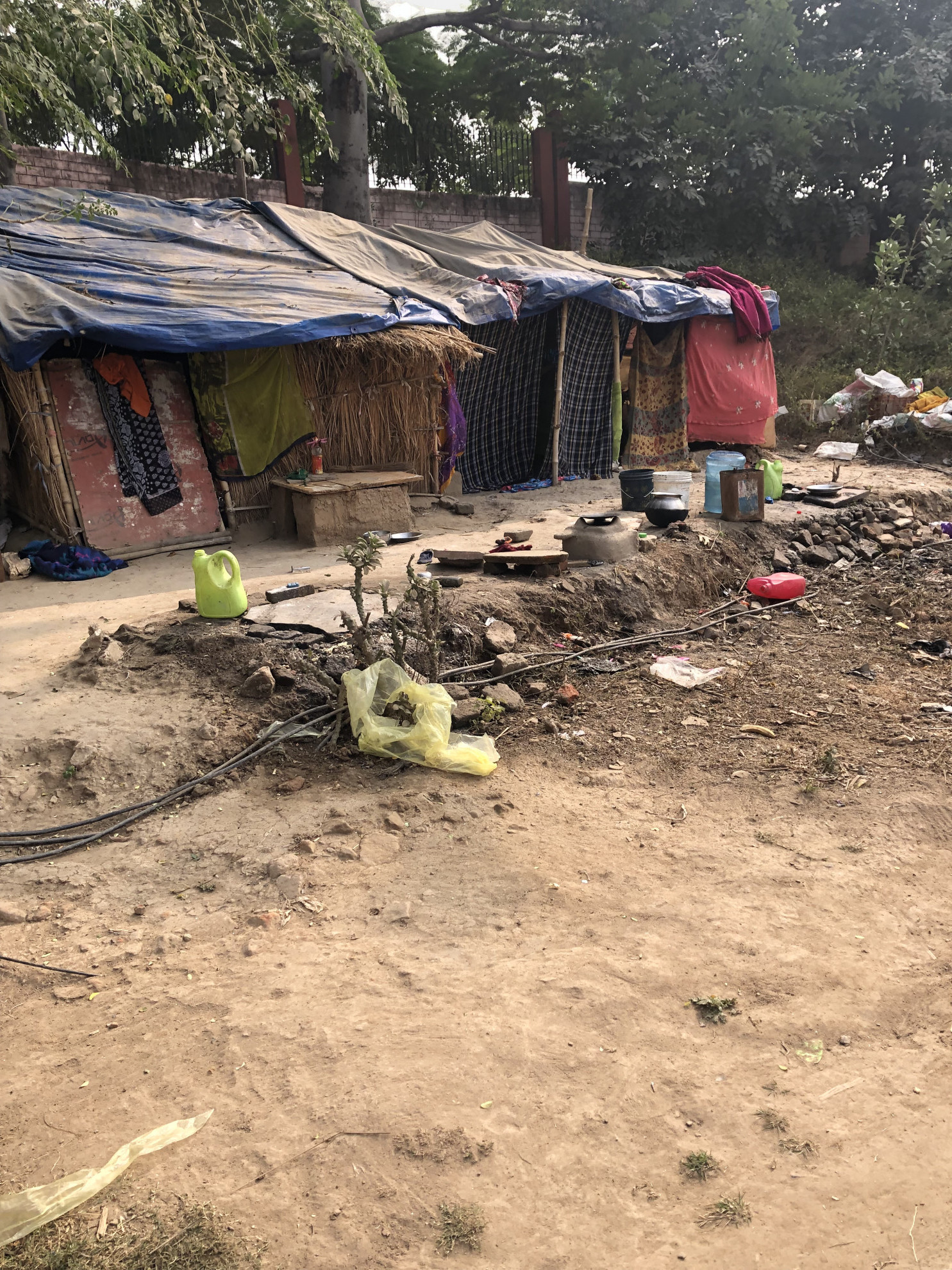
© SC
AMMA: the hug is thus transformed into bricks of solidarity
Mata Amritanandamayi, known as Amma, is an Indian lady – raised in a family of poor fishermen, in a country where women count for little – who in the last 30 years has embraced over 39 million people in Europe, Asia and America of all religions nationality and social class. You do it to free yourself from selfishness, to sow compassion and build a more equitable world together. Some see in her a mother, some a humanitarian leader, some choose her as their guru. She opens her arms to the other, spreading across the planet with the social activities she directs. A worldwide network of humanitarian projects – from the construction of houses, hospitals, schools (her university has been recognized as the best in India among private ones) to environmental projects – which show that the impossible is possible. The engine is this woman, she sets an example, inspiring those who offer their time and skills for free to help the most disadvantaged. “Amma has done much more than many governments, her contribution is enormous” said the Nobel Peace Prize winner (2006), prof. Muhammad Yunus, founder of Grameen bank. The numbers of Embracing the World (embracingtheworld.org), a movement based in Kerala, made up of volunteers at the service of the poor – which since 2005 has enjoyed UN consultative status for the extent of aid, over 75 million to areas affected by disasters – speak for themselves: build more than 47,000 homes for the homeless, 10 million meals distributed a year and 50,000 scholarships, free treatment for over 4 million people, 200,000 women helped to find a job. Just to name a few humanitarian activities. No less important is the environment (one million trees planted, 15 million for cleaning the Ganges) and research at Amrita University in India on wireless devices to detect landslides, mobile technologies for health in rural villages.
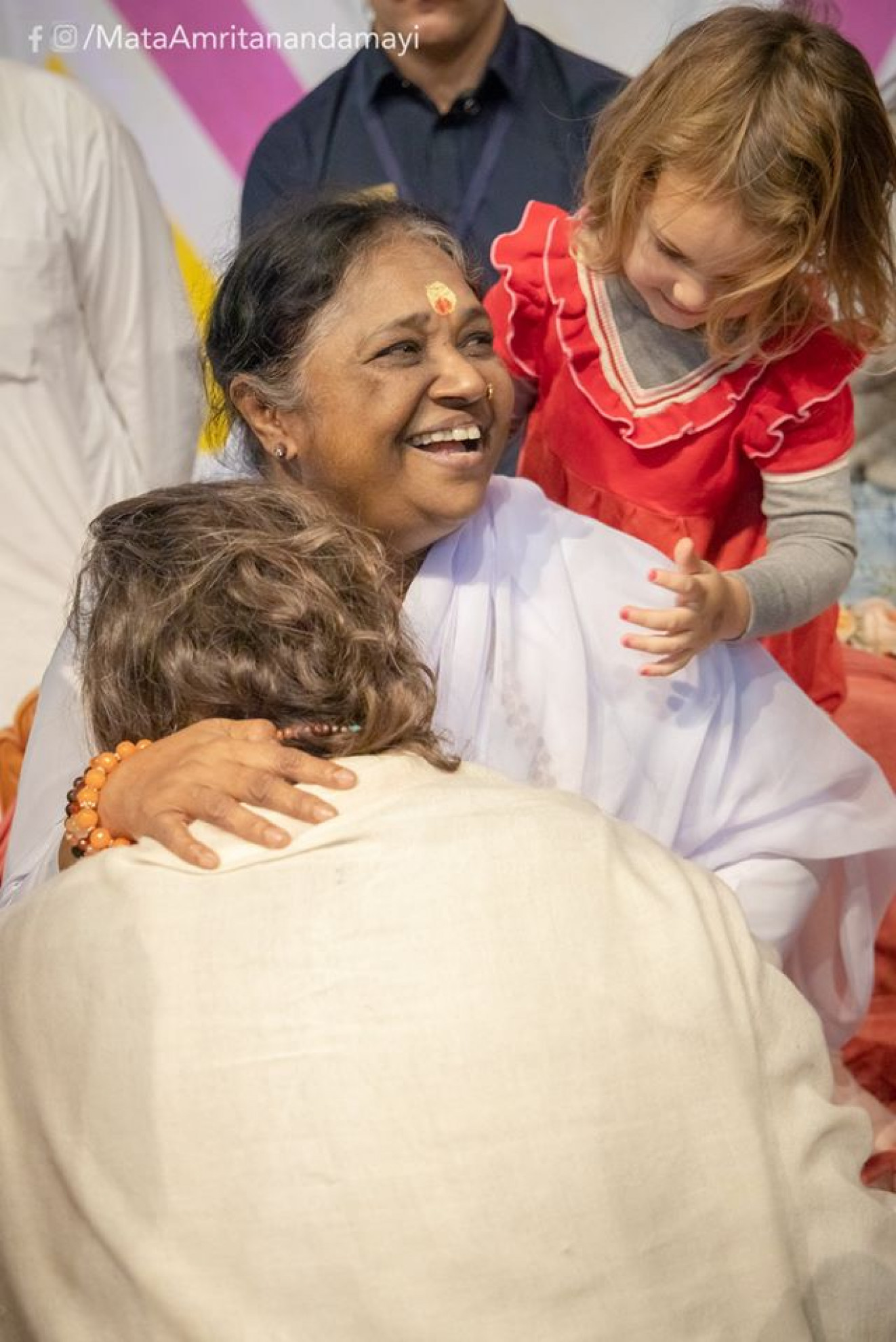
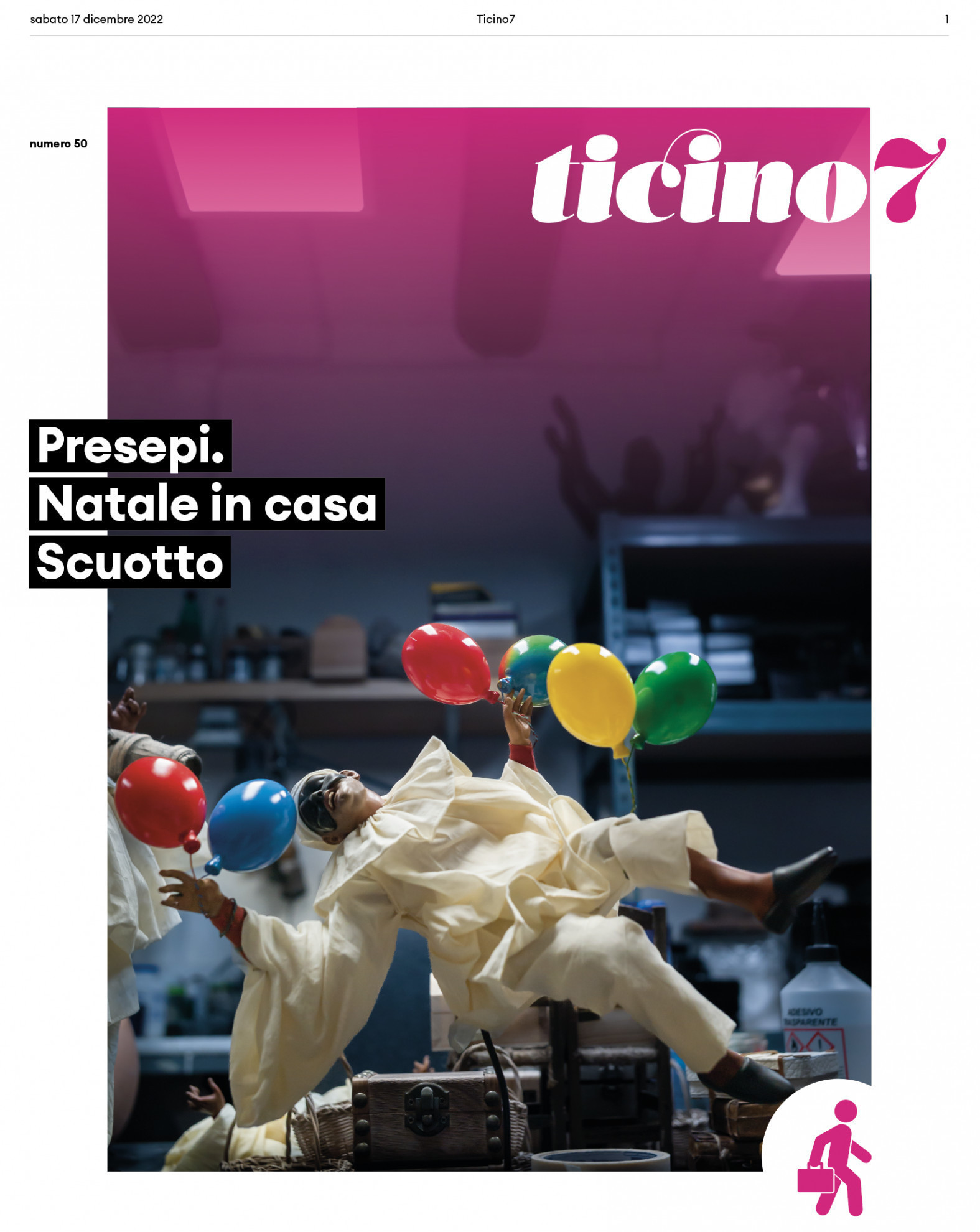
![]()

